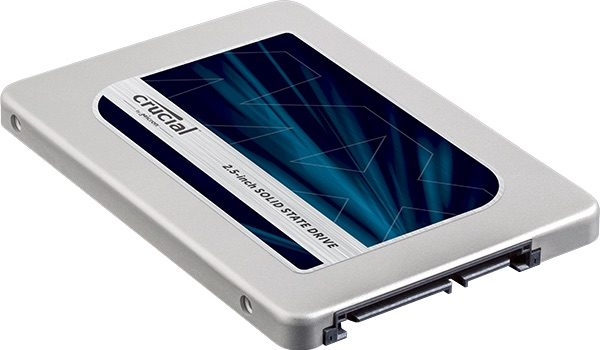Crucial research reveals how to speed up Adobe® Photoshop®
SYDNEY, 19 December 2017 – At nearly every stage in the Photoshop workflow, graphic designers and photographers often experience delay. From launching the app to loading images, applying effects, rendering, saving and outputting files to clients, waiting on your computer is a normal part of the day – but it doesn’t have to be.
Research from memory specialists Crucial has revealed that by simply upgrading your computer’s hard drive to an SSD and maxing out your memory, you can speed up every step in your workflow and spend less time staring at spinning cursors and more time getting projects done, and Adobe agrees.
How more memory and SSDs speed up Photoshop
1. Boot up faster
2. Transfer files from camera to computer faster
3. Load Photoshop and other applications faster
4. Load images and files faster
5. Edit and create faster
6. Save and output faster
7. Multitask faster
Your system’s storage drive is what loads and saves every image and document you’re working on. It’s also what loads Photoshop, and it’s what your system uses to manipulate images and render when you run out of memory (a common occurrence when multitasking). Switching from a hard drive to an SSD in Photoshop is like moving from dial-up Internet to broadband – it’s that big of a jump and the speed never lets up. Imagine doing things in seconds that used to take minutes. That’s the power of an SSD, and it really kicks in if you frequently save incremental versions of a project. When you factor in ever-increasing resolution requirements, growing file sizes, and the need to save projects constantly in case a client changes their mind, the ability to save and call up files quickly is a gift to yourself that never gets old. It’s also a gift that keeps on giving because SSDs have no small moving parts, meaning they’re less prone to failure – and less prone to crashing and losing a client’s files.
Crucial performance tested four configurations of the same base system and were able to isolate performance variables and assess that adding and upgrading DRAM and SSDs impacted a typical graphic design project – creating a poster – by speeding up the process.
No matter what type of computer you’re using or what your workload entails, more memory and an SSD is a proven way to help speed up your workflow – especially when it comes to multitasking. Keep in mind, though, that multitasking isn’t just about running multiple things at once. It’s also about getting into multiple things at once, and that’s why an SSD helps, too.
According to Crucial the bottom line comes down to this – speed up Photoshop by speeding up what powers it. Software may enable digital design, but it’s your computer’s hardware that determines the speed of design. Max out your hardware’s performance by ensuring that every upgradeable component is performing as fast as possible. It’s not enough to just use a fast CPU. You need enough memory to continuously feed every processing core – and lots of SSD storage to instantly load and save everything you do.
1.From Adobe Hardware Performance White Paper: http://www.adobe.com/content/dam/Adobe/en/products/creativesuite/production/cs6/pdfs/adobe-hardware-performance-whitepaper.pdf







